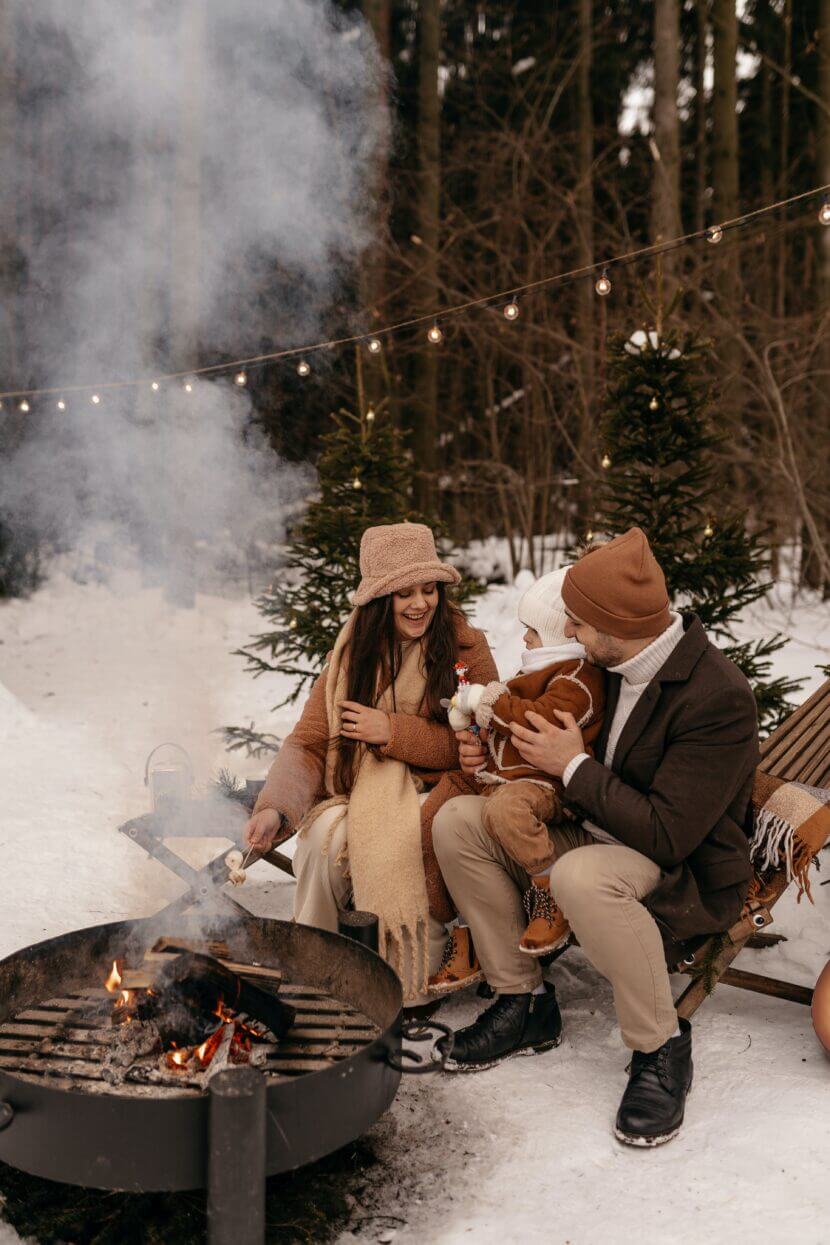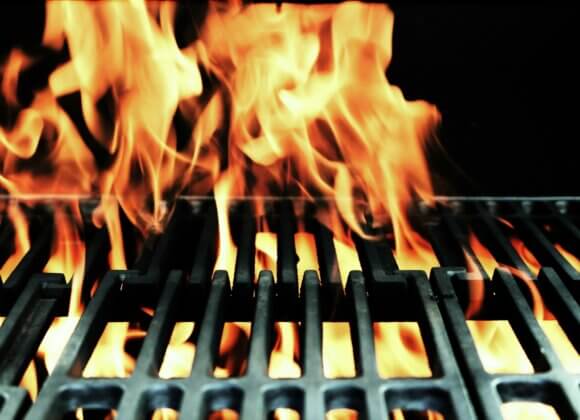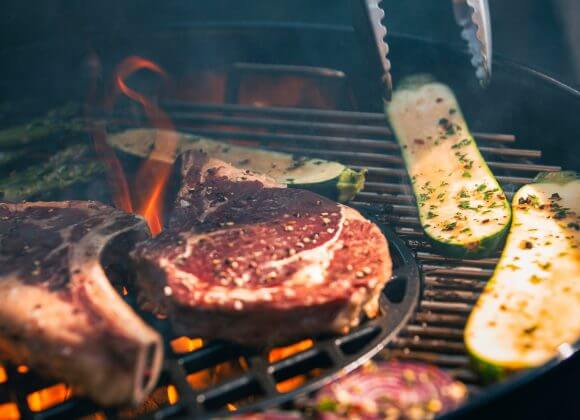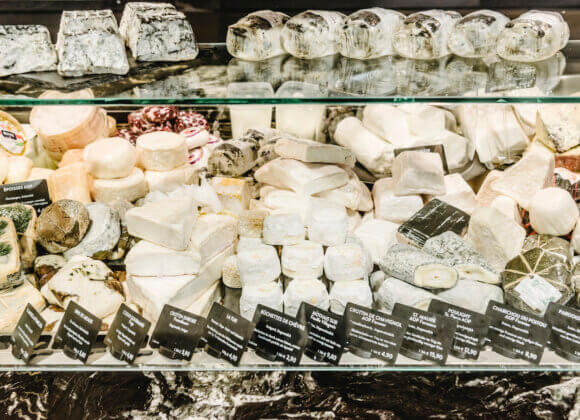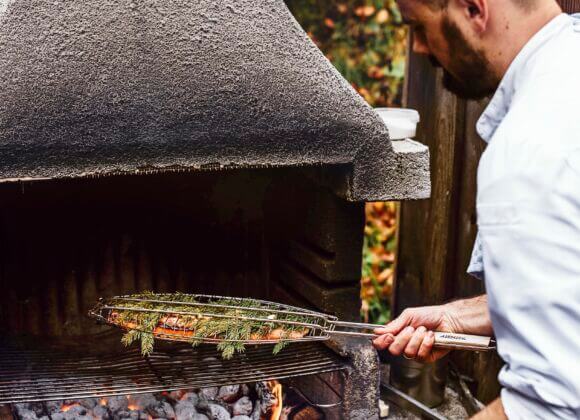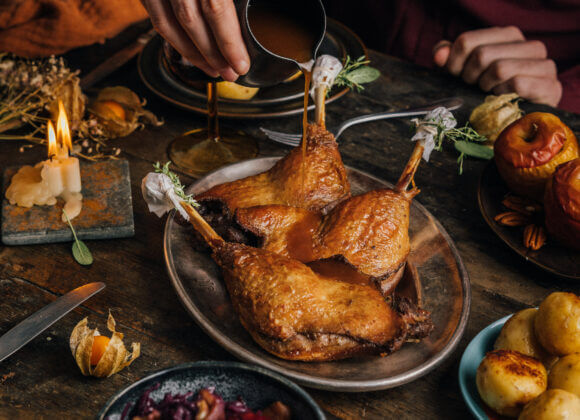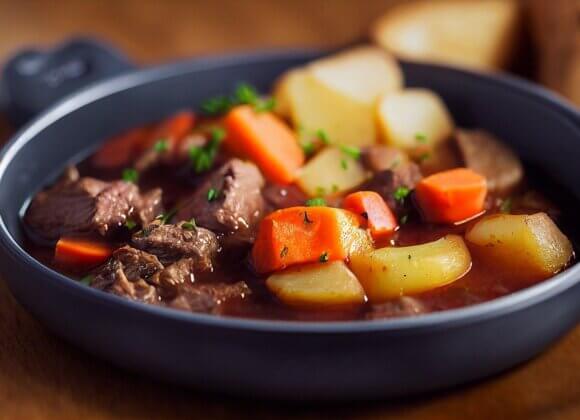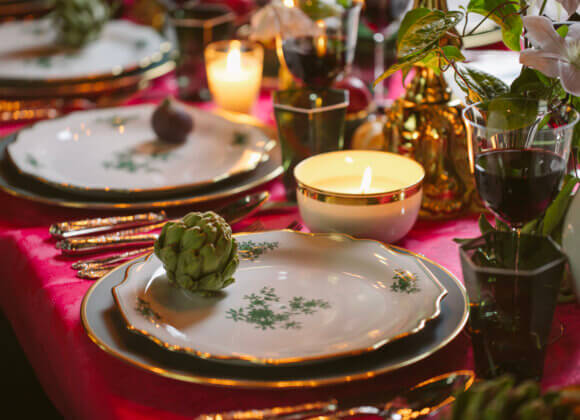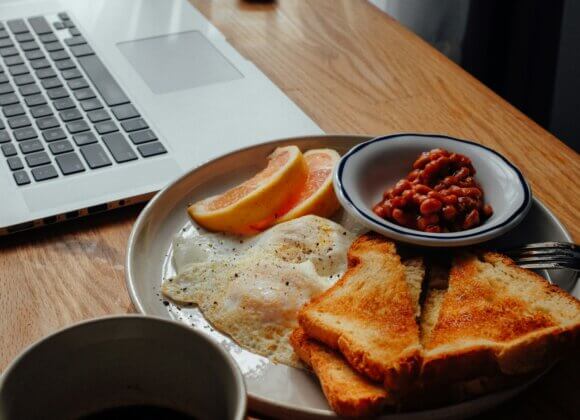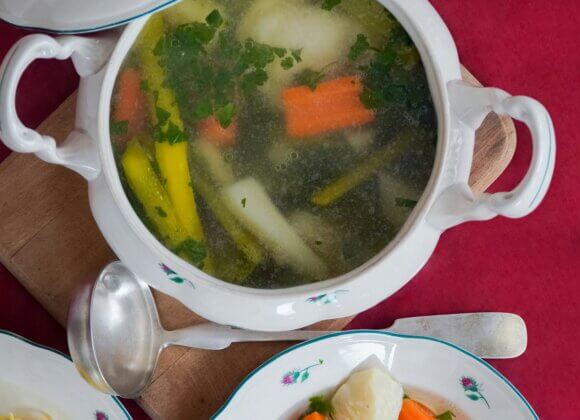True barbecue fans don’t just fire up their barbecue in summer, but all year round – and therefore also in winter. Because the desire for juicy steaks or tasty vegetables knows no season.
Grill in winter with these tips!
The smell of grilled meat, cheese or vegetables is increasingly wafting from gardens and balconies, not only in summer but also in the colder months. “People used to really only barbecue in summer. But now barbecuing has become a lifestyle”, says barbecue master Yulia Haybäck from the Weber Grillakademie Original in Carinthia. Not least due to the further development of barbecues, not only meat, sausages and vegetables, but also fruit, cookies, cakes and even mulled wine can be prepared on the barbecue. “It’s cooking outdoors,” Haybäck sums it up. It doesn’t matter whether you fire up the charcoal, gas or electric grill. “Everyone should take the grill that suits them best,” say the grill masters.
More time and fuel
There are a few differences compared to summer when barbecuing in winter: On the one hand, heating up takes longer in winter, depending on the air pressure. On the other hand, the low temperatures extend the grilling time – even at zero degrees the grilling time is extended by around 20 percent. Accordingly, more gas and charcoal are needed. Speaking of gas: “If you grill at high temperatures, you need a lot of gas. However, this leads to the bottle being cooled down. Even in summer, ice can form on it, and in winter this happens even faster,” explains Haybäck. To prevent the gas cylinder from freezing, it should therefore either be placed in warm water or a warm cloth should be placed over the valve.

Lid closed
Another recommendation from the barbecue expert when barbecuing in winter is: “Close the lid”. The temperature can be maintained well with the lid closed – provided it is not opened too often. After all, a lot of heat is lost every time the lid is opened, which in turn extends the grilling time. A meat thermometer is very useful for this, as it shows the core temperature of the meat without having to keep opening the lid. It also makes sense to use smaller items that cook more quickly. If you still don’t want to do without baked potatoes or corn, you should pre-cook them for this very reason.
Avoid freezing
However, the low temperatures can also become a problem in other ways: On the one hand, meat juices and the like that drip onto the work surface can freeze, and damp or wet objects can also freeze in a matter of seconds. The cold also affects meat, sausage, vegetables, butter, sauces and oils – they should therefore be brought outside as late as possible or only when necessary. On the other hand, grilled food can cool down quickly. To bring hot food to the table despite low outside temperatures, Haybäck advises using preheated containers to transport the food. An alternative to this is to prepare pot dishes in a Dutch oven or other container, ideally made from cast iron that retains heat well. “That really makes sense,” she is convinced.
Fire bowls and co. instead of barbecues
If you don’t yet own a barbecue or prefer the romance of a campfire, you don’t have to go without your beloved steak. Finally, this can also be prepared using fire bowls and fire baskets or a tripod over a fixed fireplace. Many manufacturers now offer suitable accessories that make this possible.
In a nutshell: nothing stands in the way of barbecue enjoyment, even in the cold season.
Related posts:


